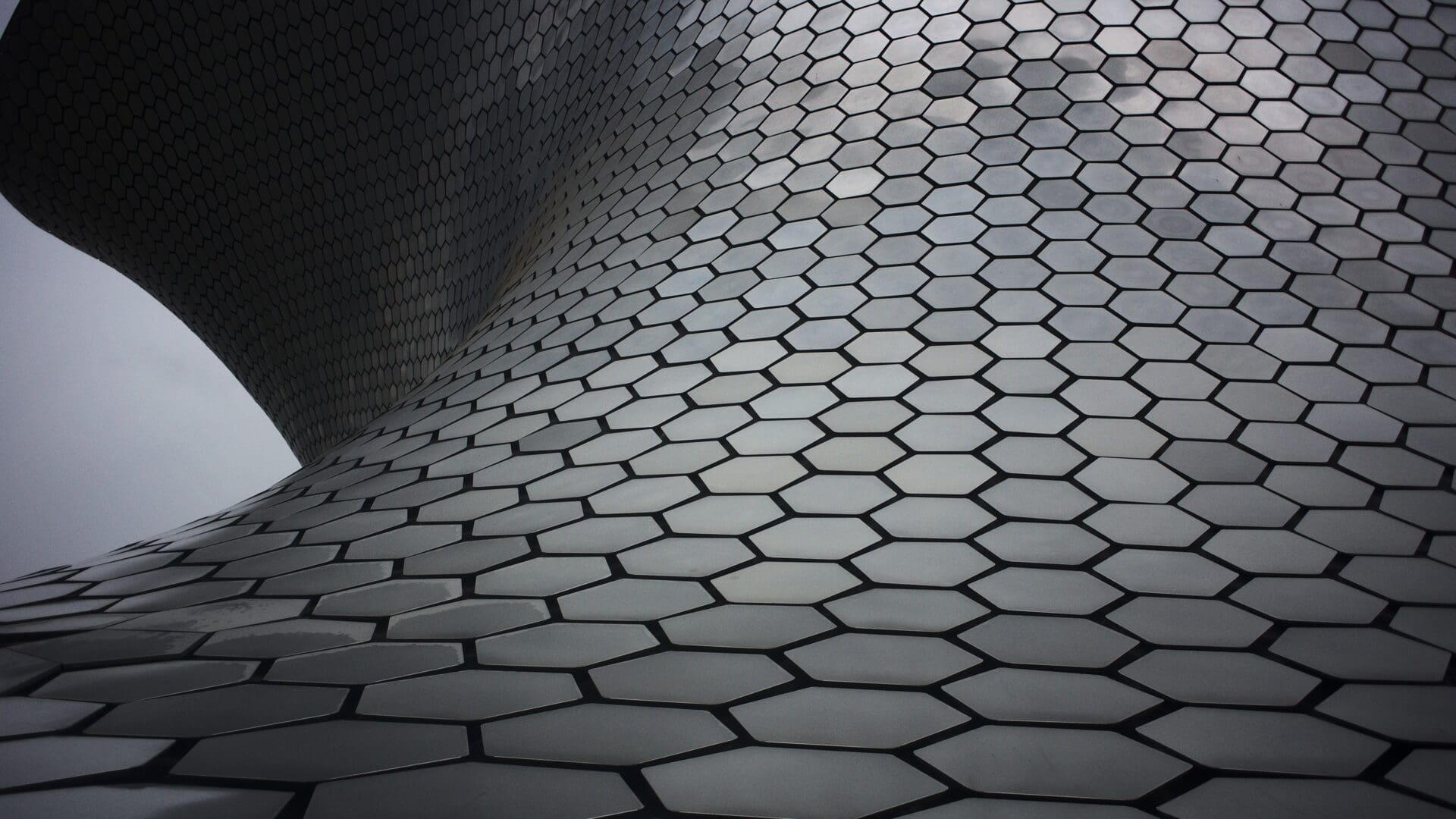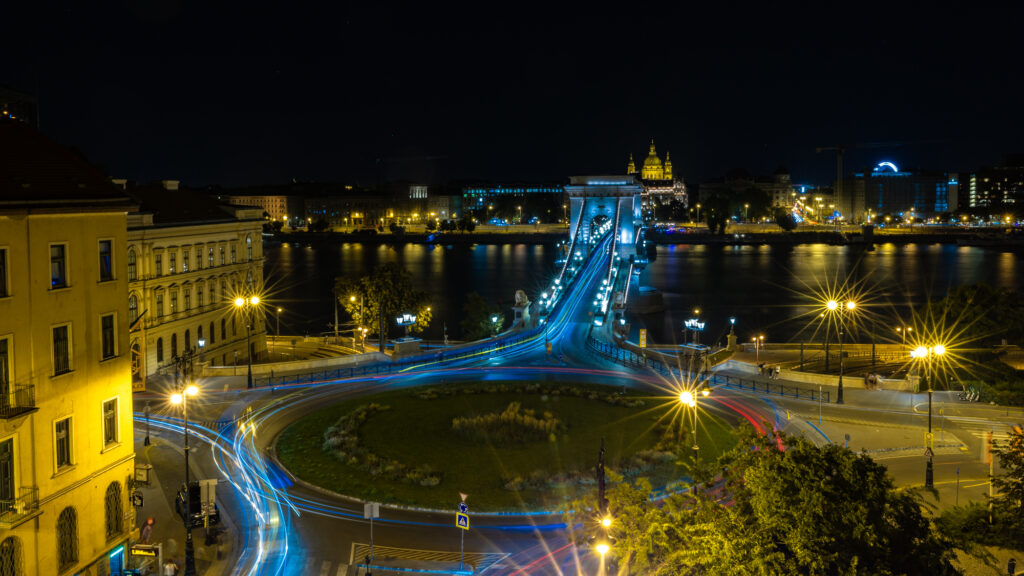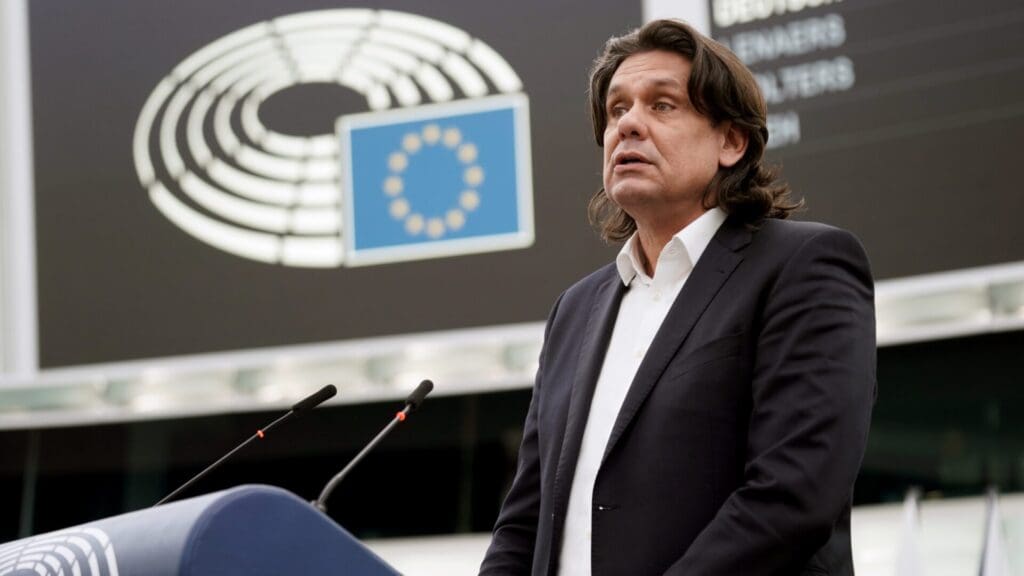The age of worldview is over—would that be true? More than two hundred years have passed since the concept of Weltanschauung was first described; of course, not yet in a political sense, since the world is a particularly non-political concept, and even its mere mention is a hidden protest against the principles of politics. Either way, these two hundred years have given political ideologies enough time to devour and consume the world, but also for the spasms of indigestion to slowly subside. It has not been fashionable to talk about political worldviews for over half a century, and the concept has faded from the spheres of philosophy. But as much as it is fashionable, it is just as unnecessary to talk about the post-worldview age today. It’s just chatter. The real question is, what can fulfil the role of worldview in the 21st century?
The Tyranny of Transparency
Modern man does not strive for simplicity, but for transparency—his demons gather in a crystal palace. But there is no reason to panic: if we accept that the goal of both science and politics is to increasingly meet the requirements of complexity and transparency, then we must treat this situation with complete naturalness, and even consider it normal. As if even the ‘zeitgeist’ demands this! After all, what else could be the task of political publicity in the modern representative systems built in accordance with the so-called ‘complex institutional structures’, if not screening, uncovering, i.e. the general achieving transparency?
And what else could science strive for, if not the methodical supervision of the way we explore the world of facts and things according to an increasingly complicated order? So, there’s really no reason to panic. There is order—because that’s what it’s all about. This order alone, by erasing the secret, sterilised all political action and scientific knowledge. Trade secrets are the last arcanum of power that modern society is forced to tolerate. This shows the true nature of today’s hegemony, since, as Hannah Arendt writes, ‘real power begins where secrecy begins.’[i] And Carl Schmitt has already explained in an early work that the arcanum of the new power is to be found in the technical and economic fields.
Within the more or less intact framework of the existing modern order, it is therefore definitely not correct to talk about the much-proclaimed opposition of politics and science. In both cases, we are cleaning the windows of our crystal palace. Control over nature and society is based on observation, experiments and systematic knowledge, the review of which now requires computers, archives and specialists. The more differentiated knowledge we have about nature and the more social functions and subsystems are separated from each other, the more difficult the synthesis becomes. And the more cognition advances, the more challenging it is to create a unified approach to our knowledge. This is the trap of transparency, our crystal palace is therefore a dangerous structure. Information society and the endlessly expanding scientific discourse tendentially become a barrier to knowledge—just as the traffic itself in our cities obstructs the traffic.
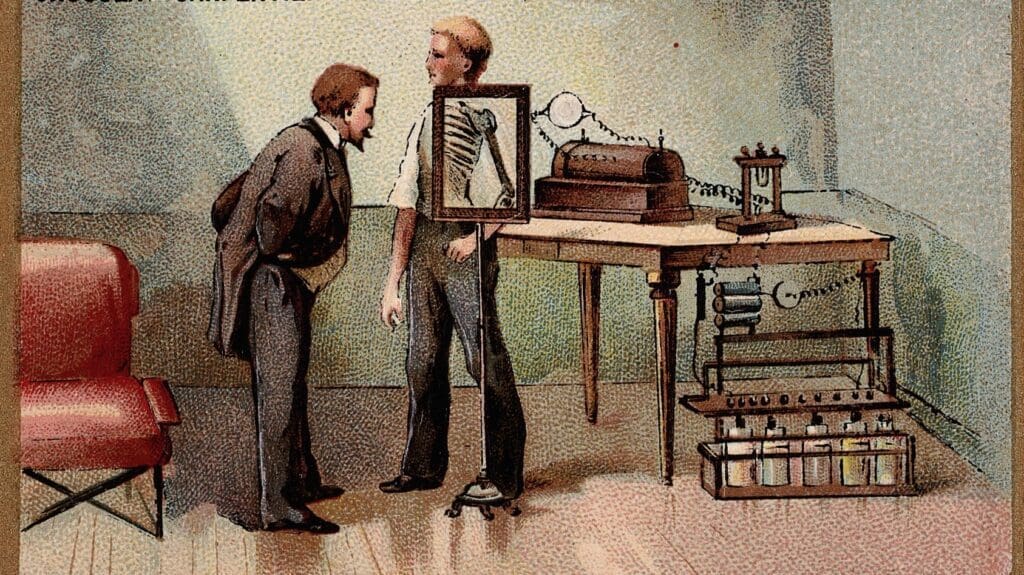
We are stuck. With the increase in complexity and transparency, the old humanist goal of turning information into knowledge for the benefit of the universal man has become an increasingly hopeless enterprise.[ii] This is what characterises the situation of knowledge in our time the most—on the one hand, the ever-increasing complexity, and on the other hand, the long—desired transparency, which is still under the spell of the light metaphor of Enlightenment, that became the concept of order of the moderns. Consequently, to organise means to transilluminate.
The X-ray was invented at the time of the Dreyfus affair.[iii] Namely, at the time of the symbolic opening, or at least the main rehearsal of 20th century politics. Media campaign, show trial and consensus machines in full operation. Not to mention, political anti-Semitism also came to the fore. The ‘screening’ of Captain Dreyfus certainly provides an important insight into the state of knowledge (the term ‘intellectuals’ [les intellectuels] itself spread in the 1890s). Not only because it made the judgment of guilt and innocence a matter of party affiliation, but also from another perspective. A new type of public was introduced, which made social relations transparent. Apparently, we are approaching the turn of the century. Cosmopolises are turning into panopticons. In some places, electric lighting has been developing for decades. The architectural use of glass is one of the great achievements of the era. Shine everywhere: railway stations, passages, museums, shop-windows and financial institutions are filled with light. This is also enlightenment. Moths of the night are tapping on the glass screen. A headless mannequin stands in the light, never knowing if anyone is watching. Dostoevsky’s city nooks and corners are swept away—the subject can now only hide in the crowd.
The Age of the Worldview
So came the 20th century. We have every reason to consider this age as a direct consequence of modern development. Because our scope of knowledge has never been as complicated and at the same time ‘transparent’ as it was in those particularly and peculiarly modern times, when it became possible to scrutinise entire societies. First, from a conceptual point of view, industrial civilisation made the landscape more and more transparent by performing deforestation, constructing tunnels and railway lines, and conducting river regulations—and as a next step, the inner landscapes of the soul have also been revealed unhindered to the modern gaze demanding answers. Mass psychology and psychoanalysis, as well as sexuality in the spotlight bring transparency to a new level that was previously unimaginable. Veiled intimacy and the cult of secrecy are over. A secret— sin.
‘We insist on recovering a nudity of mind’[iv]—this is how a futurist expresses the basic sentiment of the era, whose words reveal the tendency of the movement to demand the inevitable in the spirit of a kind of streamlined and steely amor fati. It is hard to imagine what could be more telling than the determined attitude of these stormtroopers of modernity when they welcome the first gusts of the hurricane that swept the old world away with glee and jubilation. Poets in storm-coats and marauding knights in formation on a crumbling promontory. They take a deep sniff of the air current so that they can experience the transparency of the landscape and gender with one breath, doing so in Marinetti’s unmistakable voice.[v] Seemingly with complete certainty they knew, what we now have to explain at length: that the most significant ecological turn of consciousness in history had taken place.
Above we examined modern society as a society of complexity and transparency. If our approach is correct, then in this respect the 20th century was truly the consummation of modernity—not a malfunction, not a derailment, but the drawing of the final conclusions. It should be noted, however, that the 20th century was also the age of the worldview, and the worldview was meant to replace the socially integrating role of religion. The age of the worldview is marked by a great experiment that sets a new direction for human endeavours. The man of this era does not want to glimpse into transcendent spheres, he does not want to explore supernatural secrets, but he conquers the plane of immanence utterly alone. Its purpose is nothing more than to create the myth of the unity of this world. For his undertaking to be more than just an unrestrained dispersion of his forces, he needs flags. And an ideology. A sensitive balance of materialistic reduction and abstract conceptualism, if possible. Complexity and transparency. And at this point becomes any attempt hellishly difficult.
The level of complexity on which the society of transparency is created is called in various ways; it is a ‘system’ according to the leftist thinkers, while the conservatives call it ‘decline—and it is ‘civilisation’, as the liberals put it. It’s the same thing. But even the diversity of these names suggests what a complex phenomenon we are facing. The fragmentation of the narratives of system, decline and civilisation is based on the balance of transparency and complexity and cannot be considered as a secondary circumstance—it is not only part of the problem, but even the fundamental characteristic of such. The social consciousness composed of fragmented identities and a multitude of separate functions does not allow for uniform narratives and a comprehensive approach. This is why modern man resorted to ideologies, which are already the imprints of a fragmented social consciousness.
The age of the worldview was undoubtedly the 20th century, but the concept itself (Weltanschauung) was created by Immanuel Kant at the end of the 18th century when he lectured on aesthetic estimation of magnitude and examined how our perspective becomes abstract when we look at infinite space. We can create a concept about the spaciousness of the space, ‘comprehension becomes ever more difficult the further apprehension advances.’[vi]
When looking at the infinite space, the mind freezes and breaks. We can admit that this foreshadows the elementary disintegration of the experience of reality for our present, the conquering of the Age of the World Picture.[vii] Our world, the incoherent world of complexity, multitude and transparency, is almost incomprehensible to the human mind. Even if we look at the photographs of the Earth taken from space, our worldview has already become abstract; these pictures also emerge only from metaphysical worldlessness. Thus, let’s face it, there is not much chance for Kantian comprehension, for the cognitive integration of our worldly relations.
Metaphysical Dread
We flee from perceived emptiness to the form. Only the form evokes intimacy, the unity of reality—that we are related to each other. Whether it is plastic or politics, according to Spengler, the aversion to immeasurable space was a basic feature of Hellenic culture. (While Aristotle talks about the optimal size of the polis, modern thinking sees growth as good in itself; the passion for distance is unleashed in this regard as well.)
This prevented the Greeks from, to quote Spengler,
‘extending their tiny city-states so as to organise the country-side politically, from laying out their streets to end in prospects and their alleys to give vistas, that made them recoil time and again from the Babylonian astronomy with its penetration of endless starry space, and refuse to venture out of the Mediterranean along sea-paths long before dared by the Phaenicians and the Egyptians. It is the deep metaphysical fear that the sense comprehensible and present in which the Classical existence had entrenched itself would collapse and precipitate its cosmos (largely created and sustained by art) into unknown primitive abysses.’.[viii]
Not only the Greeks were alarmed by the immeasurable, for example, somewhere Pascal also gives an account of similar metaphysical dread when he writes about the silence of infinite spaces. While the Greek attitude led to the affirmation of the finite form, our civilisation dispels its fears in translucent—gray abstractions.
There is no reason to be surprised by this. The light mystery of the Enlightenment presupposes an ethereal and permeable society. An abstract society that—in the spirit of modernity striving for transparency, instead of simplicity—defends itself against the power of evil with optical systems. This approach is mostly expressed in the panopticon design in the fields of prison architecture,[ix] but it also defines the ‘freer’ spheres of modern life in which the social space is shaped by the needs of surveillance. In a society of transparency, vision is an act of power—and its ‘optics’ is, without exaggeration, a weapon. Since it is used not only against evil but against everything that is not identical to its appearance, we can say that transparency is also the great anti-metaphysical weapon of the moderns—the great anti-metaphysical bunker of the modern age is itself a crystal. For example, Schmitt directly refers to it as the ‘Hobbes—Crystal’. And according to Jean Baudrillard, it is precisely this crystal form that intensifies the disembodied frenzy of forces striving for transcendence.[x] It makes complex structures visible, dazzles everyone with the abundance of data, and reveals everything that lies behind it.
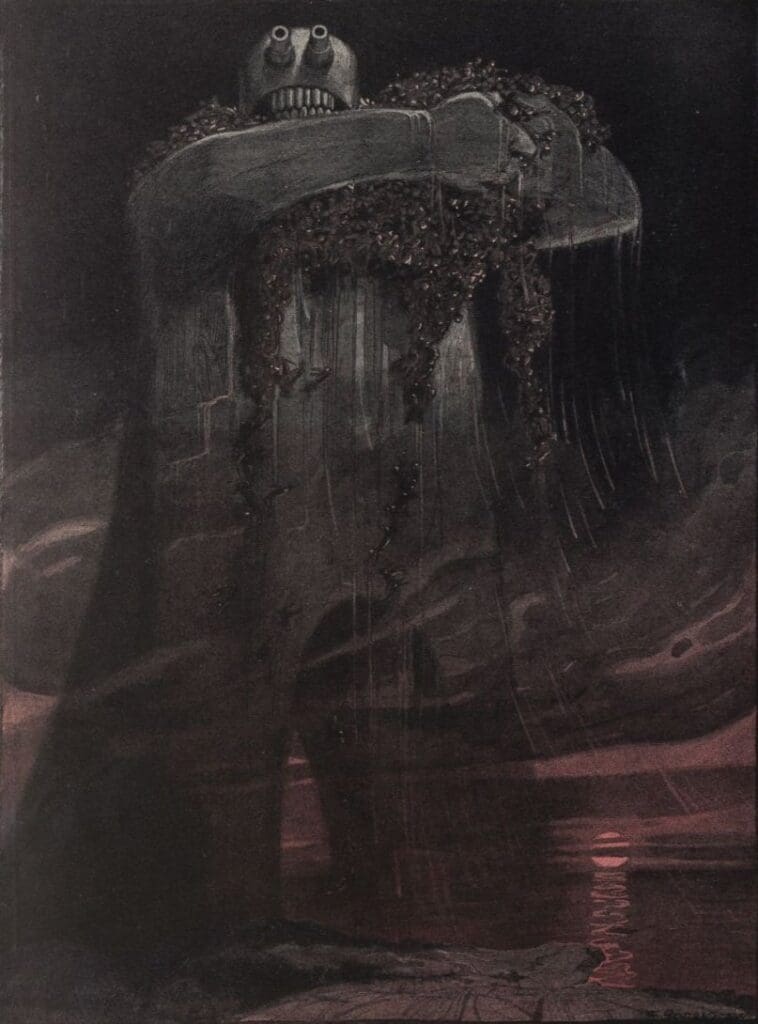
In this spirit writes the Modern man encyclopedias, edits catalogues and illuminates the realm of facts. But this is what also explains the popularity of modern detective novels, in which the hermeneutics of suspicion meets the requirement of transparency with predictable certainty. From the perspective of this ‘positivist Babel’ (Nikolai Berdyaev), the question arises: where did Evil go in the 21st century? According to Baudrillard: ‘Everywhere—because the anamorphosis of modern forms of Evil knows no bounds.’[xi] Another anti-metaphysical genre of this kind is pornography—the manifestation of observation abstracted from the presence, typical of the late stage of civilisation—which in our time has obviously become an independent ‘industry’. Erected and illuminated sexuality, all—revealing transparency. Demons in a crystal palace.
The World as a Hazelnut
In politics, in style, but also life in general, it is true that simplicity is the most difficult to secure. Observe: the wider the range of tools we strive for that, the further we get away from it. It is a common experience that the longer we have been investigating an issue, the more difficult it is to summarise in one sentence what we are actually dealing with. The same applies to art: the more elements we add to a composition, the more difficult it is to maintain the balance of colours, shapes, and accents. But what should we take away from the picture? What should we leave out of the explanation? What should we give up—so to speak—for the sake of simplicity? These are not easy questions, but elementary life experience always tells us that if we are not willing to give up anything, we will lose everything. If, I say, we want to enjoy the benefits of celibacy and married life at the same time, we will fall between two stools. How many such indefinite existences sway our streets! ‘Life’ is complicated, ‘men’, ‘women’ are complicated—people sigh, thus further complicating their everyday affairs.
Only children and saints have a completely problem-free attitude to simplicity—perhaps this is what Jesus’ statement is related to, according to which ‘unless you change and become like children, you will not enter the kingdom of heaven’ (Matthew 18:1). This is a huge slap in the face to the modern man who believes in progress and the greatness of humanity’s adulthood, and celebrates his contemporaneity in times when everything is painfully complex and serious—when, like industrial facilities, the facts are illuminated on the night sky with cold spotlights, and merely for the sake of safety psyches are scaffolded. ‘Pedestrian traffic on the other side.’
It is said that a medieval English mystic, Julian of Norwich, was granted the ability to look at the entire universe in the form of a single tiny hazelnut. We barely hear about this story, and we are already filled with holy envy. Not to mention the fact that cosmology also approaches the content of this vision (just think of the gravitational singularity), the vision of the world as a hazelnut impresses the people of our time mostly with its holy simplicity.
This is the simplicity—the encyclopaedic and yet unstressed unity of reality—we have been completely lacking after the modernisation of the world. We know a lot about the world, but the almost unmanageable mass of our knowledge makes it impossible to think of it as an infinitely ordinary, but very dear trifle to its creator. Amid the mythologising of scientific thinking, with all the complexity of the world around us, under the rule of independent fact-checkers, we can no longer think lightly about the vision of the holy lady. Where is the hazelnut, which—if necessary—is able to refute even seventy-seven experts with its unassailable simplicity?
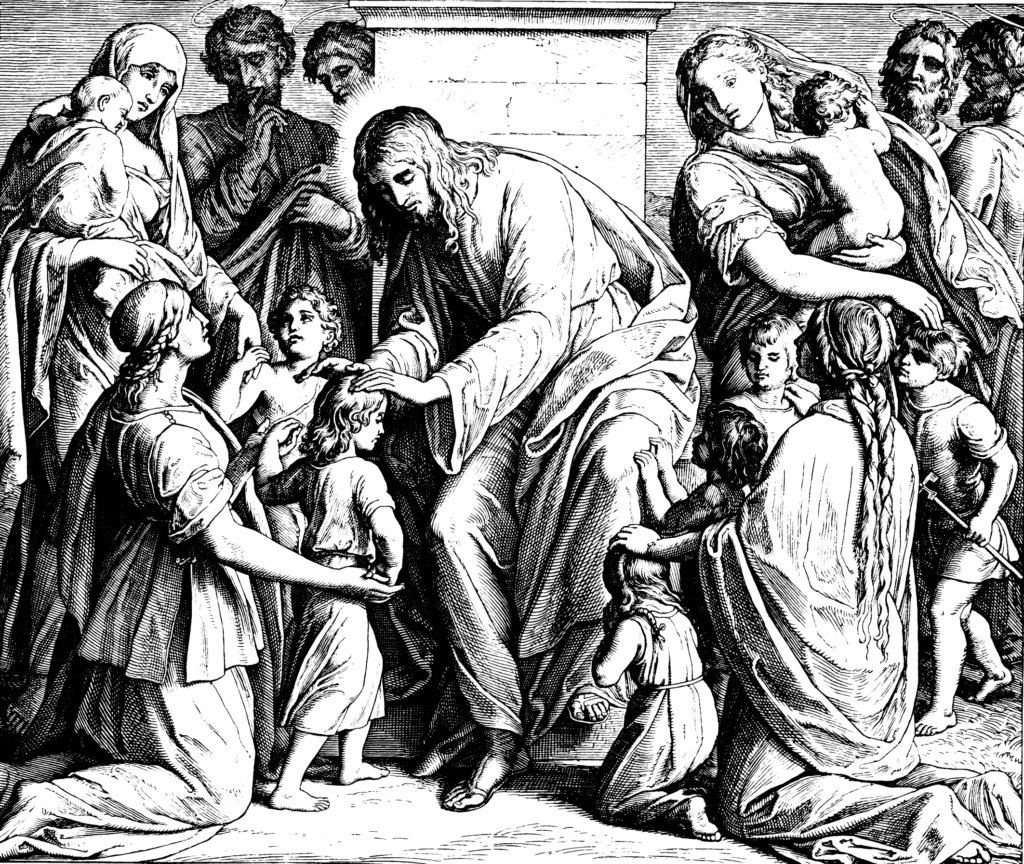
Dietrich von Hildebrand turns this question on its head when he writes: ‘Metaphysically speaking, the higher an entity is, the greater its simplicity. The soul is so simple as no longer to admit of a disjunction of form and matter.’[xii] Modern man gets disorientated when he hears about the simplicity of God. He knows that the more complex something is, the higher ontological rank it represents. Progression means ever-increasing complexity and the differentiation of parts. And if progression determines the direction in which we seek the highest good, the meaning-giving goal of history, the absolute, then—based on this progressive approach—it is logical that God must be the most detailed and complicated being. Let’s consider it carefully! This view alone gives reason enough to reject any belief in progress.
The 21st Century Worldview
But what else do we need to discard from the tangle of ideas of the past centuries in order to have a unified and clear view in the 21st century? Because this would be the goal: even if not to fabricate a new worldview, at least to restore the original unity of approach. We must realise that this is not possible unless—rationalists, hold on—through the voluntary self-abasement of reason. In the end, therefore, only pride must be discarded.
Socrates’ provocation has lost none of its power: how can we learn what we think we already know? How could we strive for certainty when approaching the world, if we always convince ourselves that we have already understood the world and that it has proven to be enough to replace the ancient strictness of form with insubstantial shadows, enough to dissolve the protective frames of the microcosm and the certainty of the body into transparent abstractions? Finally, how could we know that we know nothing if we are constantly amazed and deceived by the deceptive transparency of facts?
When we decide to reject spiritual pride, we choose not the self-serving doubt, but we take a step towards achieving simplicity, form, and inner unity. It is simply a question of gathering the surrounding conditions into a unity of approach, accepting that the view of the whole is not the work of human reason, since—according to Nicolás Gómez Dávila[xiii]—only God has a coherent worldview, man can only borrow this unity.
Only the virtue of humility can make it possible to acquire such a ‘worldview’. There is no other way. It would be a mistake to ignore this virtue and become ‘Greek’, it would be the most false renaissance,[xiv] to take the Hellenic space-experience by force, to experience the expanse and the cosmos as something physical, just so that we can protest against the perspective that stretches the unity of approach. Instead of metaphysical anxiety and titanic hopes, here is a serious and simple sentence: ‘Spirit is form, intellect is quantity.’[xv]
After the wonderful multiplication of facts by the positivists, we feel that this statement almost seems like blasphemy, so we stealthily look around. But we see no one anywhere to get offended. The yard is empty, there are no footprints in the dust—only a few surveillance cameras are peeking out from under the eaves. The transparency of the spaces is horrifying. Maybe that’s all we got from Greekness, this momentary para-noia. Just because we take it seriously—the spirit is not quantity, but form—this obviously does not make us Greek. And yet, if we keep this principle in mind, something slowly begins to change in us: day by day, we become less and less modern.
[i] Hannah Arendt, The Origins of Totalitarianism, Harcourt, Brace, Jovanovich, 1973, 403 and Carl Schmitt, Roman Catholicism and Political Form, Greenwood Press, 1996, 35.
[ii] Peter Sloterdijk: Regeln für den Menschenpark. Ein Antwortschreiben zu Heideggers Brief über den Humanismus. Suhrkamp, Frankfurt am Main, 1999. 10–19., 33. cf. Martin Heidegger: Über den Humanismus. Frankfurt am Main, Vittorio Klostermann, 2000, 12.
[iii] Ernst Jünger was to draw the attention to the coincidence. See: Antonio Gnoli – Franco Volpi – Ernst Jünger: Die kommenden Titanen. Gespräche. Deutsch von Peter Weiss, Wien–Leipzig, Karolinger, 2002, 17–18.
[iv] Giovanni Papini: The failure (Un uomo finito). translated by József Révay, Budapest, Atheanum, 1927. 85.
[v] See in particular the sections discussing the importance of quick undressing and those related to landscape architecture: Filippo Tommaso Marinetti: Come si seducono le donne, Milano, BUR Minima, 2015.
[vi] Immanuel Kant, Critique of the Power of Judgement, Cambridge, Cambridge University Press, 2000, 135
[vii] Martin Heidegger, The Age of the World Picture. translated by Zsolt Pálfalusi = ib: Rejtekutak. Budapest, Osiris, 2006, 86.
[viii] Oswald Spengler, The Decline of the West. Form and Actuality. I. translated by Anikó Juhász–Dezső Csejtei, Budapest, Noran Libro, 2021, 103–104.
[ix] Michel Foucault, Discipline and Punish: The Birth of the Prison. translated by Anikó Fázsy Anikó–Klára Csűrös, Budapest, Gondolat, 1990. 273–285.
[x] Carl Schmitt, The Concept of the Political = Ib.: A politikai fogalma. Válogatott politika és államelméleti tanulmányok. translated by Lajos Cs. Kiss, Osiris–Pallas Stúdió–Attraktor, Budapest, 2002, 91. and Jean Baudrillard: Fatal Strategies, translated by. Philippe Beitchman – W. G. J. Niesluchowski, Los Angeles, Semiotext(e), 2008, 63.
[xi] Jean Baudrillard, The Transparency of Evil. Essays on Extreme Phenomena translated by Ágnes Klimó, Budapest, Balassi–BAE Tartóshullám–Intermedia, 1993, 73.
[xii] Dietrich von Hildebrand, Transformation in Christ, translated by Gizella Kisberk, Budapest, Szent István Társulat, 1991, 58.
[xiii] Quoted in Árpád Hudy, A modernitás remetéje; Nicolás Gómez Dávila, Széljegyzetek a töredékek katedrálisához, Arad, Concord Media, 2013, 7.
[xiv] Cf. Rémi Brague, Europe, la voie romaine. translated by Gabi Somorjai, Pázmány Péter Katolikus Egyetem, Budapest, 1994, 85–109.
[xv] ’Geist ist Gestalt, Intellekt nur Menge.’ Max Bense: Raum und Ich. Eine Philosophie über den Raum = ib: Ausgewahlte Schriften, Stuttgart–Weimar, I. Verlag J. B. Metzler, 1997, 65.

